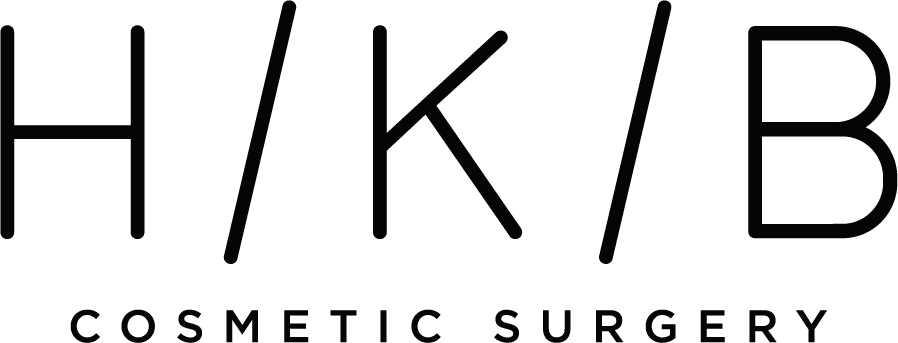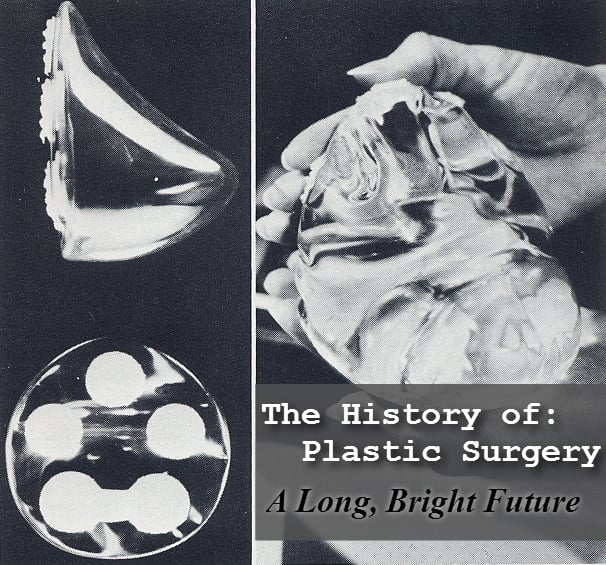 While it is easy to think of plastic surgery as a modern convenience for the wealthy, it actually has a long history of helping people deal with physical ailments and defects. The fact is that reconstructive and plastic surgeons work to improve the appearance and quality of life of millions. The ability to treat congenital wounds, burn injuries, and other problems is as important as the elective surgeries for cosmetic reasons. All of these capabilities have their roots in an ancient pursuit of ways to deal with such problems via surgery.
While it is easy to think of plastic surgery as a modern convenience for the wealthy, it actually has a long history of helping people deal with physical ailments and defects. The fact is that reconstructive and plastic surgeons work to improve the appearance and quality of life of millions. The ability to treat congenital wounds, burn injuries, and other problems is as important as the elective surgeries for cosmetic reasons. All of these capabilities have their roots in an ancient pursuit of ways to deal with such problems via surgery.
The First Nose Job
Numerous sources date early efforts of rudimentary plastic surgery back as far as 4,000 years in India, and others indicate early efforts at reconstructive surgery by the Egyptians over 2,000 years ago. 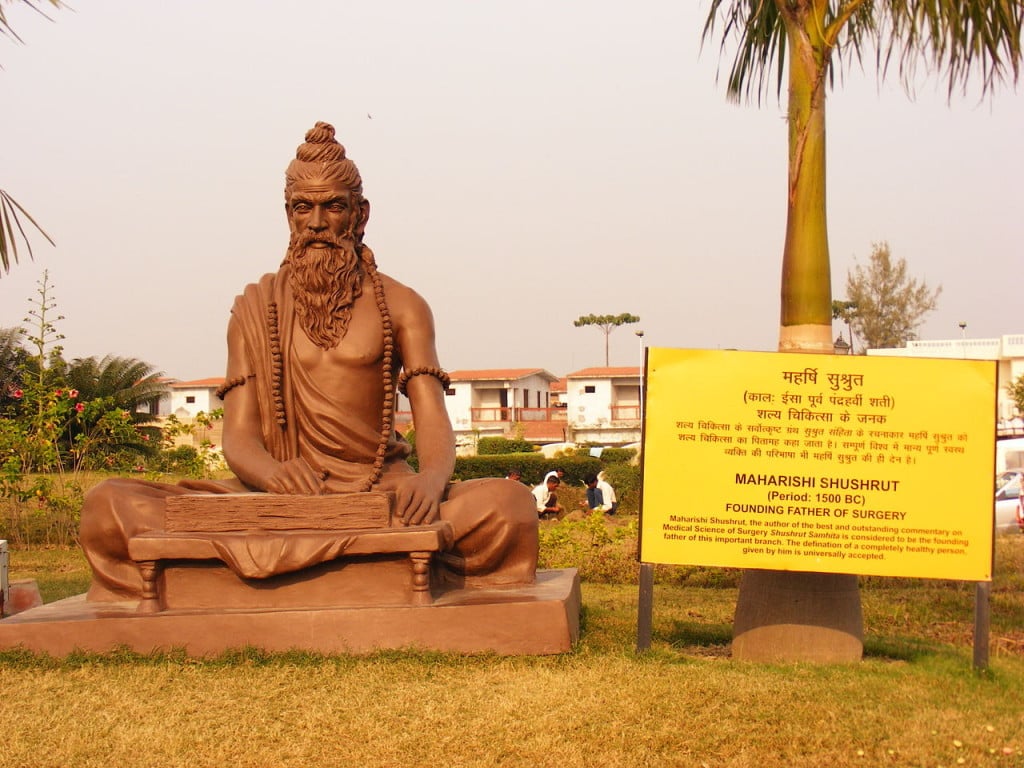 However, an abstract at Internet Scientific Publications credits the Indian surgeon Sushruta as the first person to actually study and describe plastic surgery in a systematic manner. He published the seminal work Sushruta Samhita (Sushruta’s compendium) in 600 B.C., setting forth the principles of plastic surgery as a form of medical treatment. Many of the issues concerning surgery discussed in this book are relevant to surgery today. In fact, it is believed that Sushruta pioneered the correct approach to rhinoplasty, and he is known as the father of plastic surgery for this reason.
However, an abstract at Internet Scientific Publications credits the Indian surgeon Sushruta as the first person to actually study and describe plastic surgery in a systematic manner. He published the seminal work Sushruta Samhita (Sushruta’s compendium) in 600 B.C., setting forth the principles of plastic surgery as a form of medical treatment. Many of the issues concerning surgery discussed in this book are relevant to surgery today. In fact, it is believed that Sushruta pioneered the correct approach to rhinoplasty, and he is known as the father of plastic surgery for this reason.
Empire, War and Plastic Surgery
The Roman nation conquered the world with the first professional army, including a full medical corps. Efforts to do reconstructive surgery on wounded soldiers made Rome a center of work in the area of early plastic surgery.
In fact, according to the United Nations of Roma Victrix, successes in this area made such surgery an early resource to wealthy citizens for purely cosmetic reasons. One popular procedure was otoplasty, repairing ear lobes of women stretched too far because of the heavy earrings popular at the time.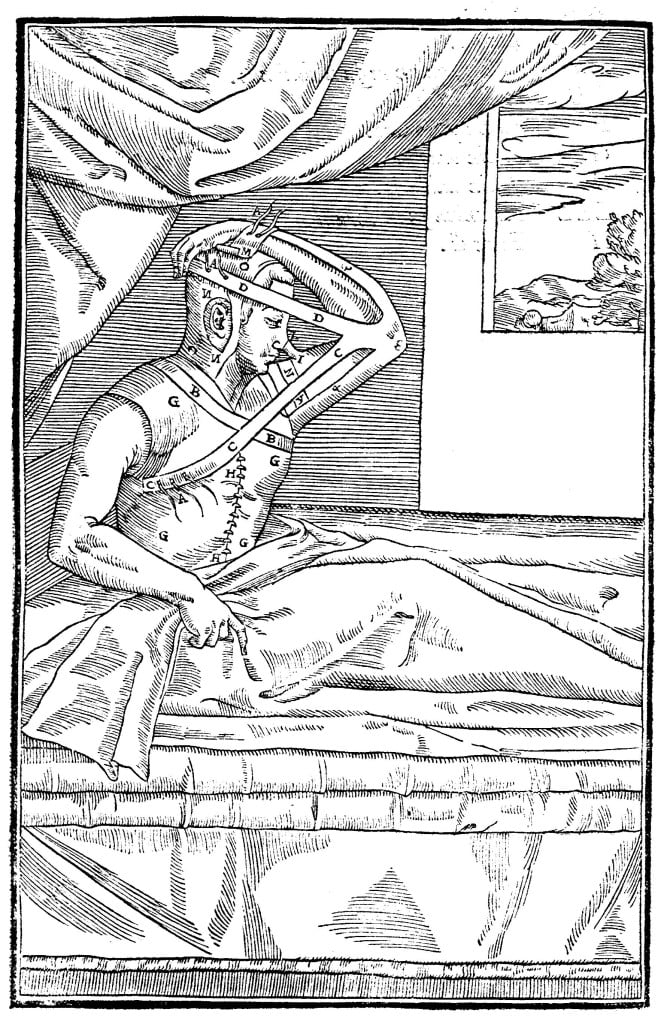
War continued to influence the development of reconstructive surgery and techniques. According to an article by Dr. Gus Colon of Tulane Univeristy, Gaspare Tagliacozzi worked on wounded soldiers and sword dueling victims, ultimately publishing the first modern textbook dealing with plastic surgery. While several doctors are given the honorary title of “Father of Plastic Surgery,” Tagliacozzi is considered by most to be the first true plastic surgeon.
The American Society of Plastic Surgery site reports that the first recorded breast augmentation was performed in 1895, followed by development of more advanced breast implant materials in 1895. However, it was war that produced the next major advances in reconstructive surgery. The Gillies Archives tell the story of a young surgeon who committed his work to restoration of the many young men wounded during WWI. Modern warfare produced horrific injuries, including many facial burns and disfigurations. Dr. Harold Gillies worked on thousands of wounded soldiers and sailors and did the first successful replacement of eyelids, among other innovative procedures.
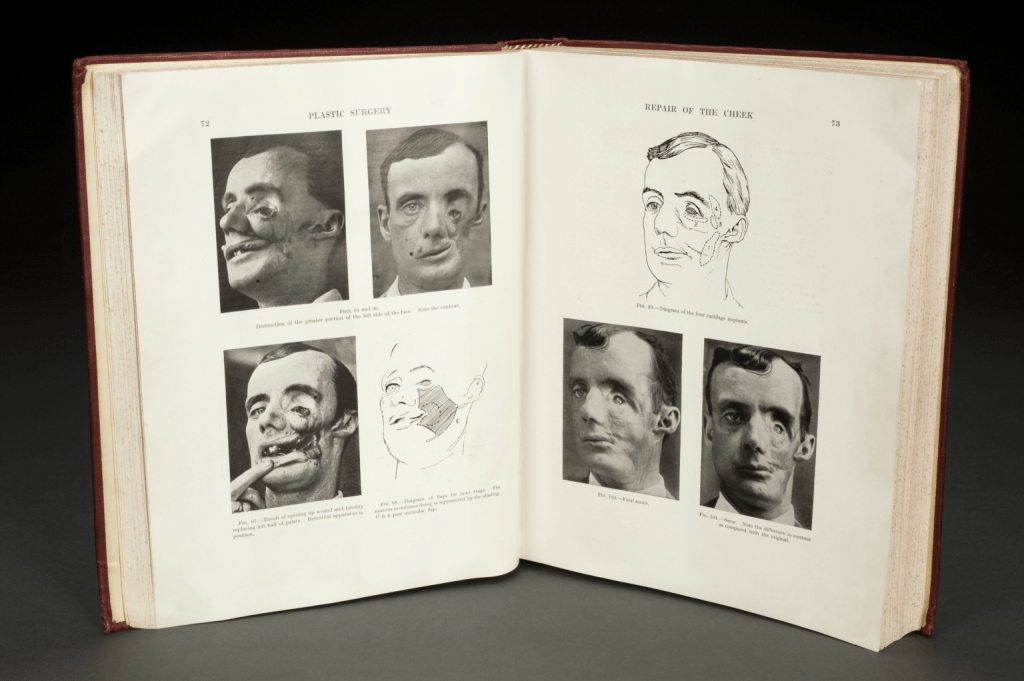
He published his still-used book, Plastic Surgery of the Face, in 1920. Gillies is another who is often referred to as the Father of Plastic Surgery.
An Expanding Field
Dr. Vilray Blair is another surgeon who honed his skills in WWI, focusing on skin grafts. Washington University School of Medicine notes the legacy of Dr. Blair, explaining how he left the U.S. to serve as a troop surgeon for the British Army during the Ashanti War. Blair published a number of books based on his wartime procedures and lessons learned. He also played a key role in establishing the American Board of Plastic Surgery in 1937. With the momentum spurred by these advances during both world wars in the first half of the twentieth century, plastic surgery rapidly became a specialty focused on elective procedures, as well as reconstructive surgeries.
According to Medscape, more than 10 million cosmetic procedures were performed in 2005, with a continual annual increase in total procedures greater than 10 percent. The 2013 Plastic Surgery report indicates that number is now more than 15 million when including minimally invasive procedures such as Botox injections. With continued advances in equipment, procedures and materials, the field of plastic surgery is entering a new and exciting phase of its history.
